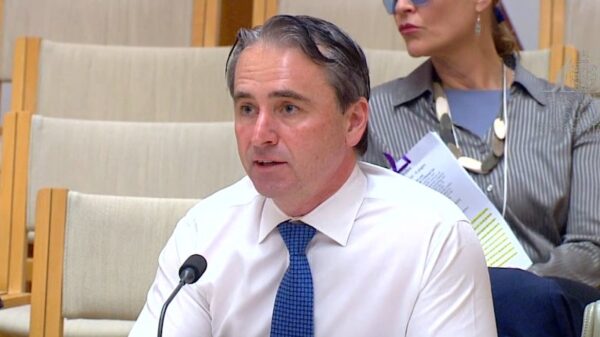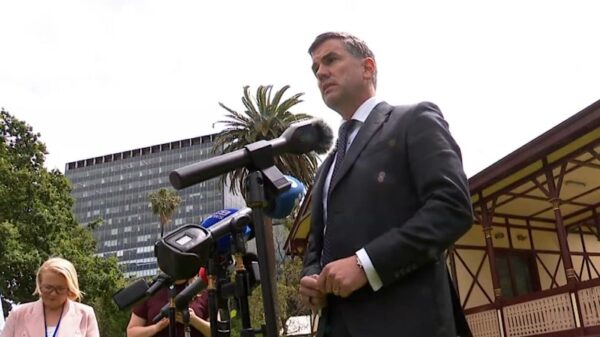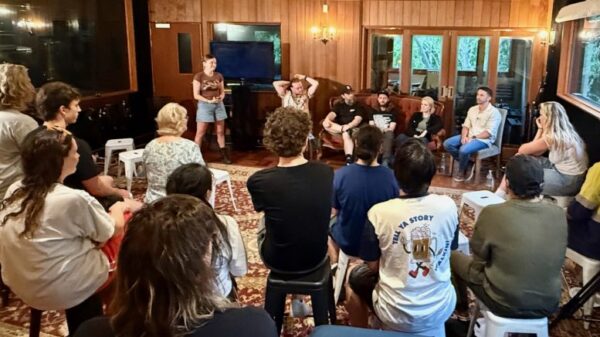Young people are increasingly exposed to misleading information on social media, raising concerns about their ability to discern truth from falsehood. A new perspective paper led by developmental psychologist Ili Ma provides insights into how adolescents can develop resilience against digital misinformation. This paper offers valuable tools for scientists, educators, parents, and policymakers to help young people navigate the complexities of the online information landscape.
The susceptibility of adolescents to misinformation is well documented. Social media platforms often serve as breeding grounds for false narratives and misleading content. According to research from the American Psychological Association, young users are more likely to encounter and believe in false information due to their developmental stage and reliance on peer validation. Yet, the same insights from developmental psychology suggest that adolescents possess unique strengths that can be harnessed to build resilience.
Strategies for Fostering Resilience
The paper outlines several strategies aimed at fostering resilience in young people. One key recommendation is the incorporation of media literacy programs in schools. These programs can teach students how to critically evaluate sources and recognize misleading information. By equipping adolescents with the skills to analyze content, educators can help them become more discerning consumers of information.
Another significant focus is the role of parents in guiding their children’s media consumption. The paper emphasizes the importance of open dialogues between parents and adolescents regarding online content. Parents can encourage critical thinking by discussing specific examples of misinformation and its implications. This approach not only empowers young people but also strengthens family bonds through shared learning experiences.
Policymakers also play a crucial role in this initiative. Establishing regulations that promote transparency in social media algorithms can help mitigate the spread of misinformation. The paper advocates for collaborative efforts among schools, families, and government entities to create a safer online environment for youth.
The Importance of Community Engagement
Community engagement is another vital aspect of building resilience. Schools and local organizations can host workshops that bring together adolescents, parents, and educators to discuss the challenges posed by digital misinformation. Such initiatives can foster a sense of community and collective responsibility. When young people feel supported by their peers and adults, they are more likely to develop the confidence needed to question dubious information.
Moreover, the paper highlights the potential for technology to aid in this effort. Innovative tools and applications can be developed to help users identify misinformation and provide reliable sources for fact-checking. By integrating these resources into daily use, young people can learn to navigate the digital landscape more effectively.
The insights from Ili Ma and her co-authors underscore the importance of a holistic approach to combating digital misinformation. As the landscape of information continues to evolve, it is essential to empower the next generation with the skills and support they need.
In conclusion, fostering resilience against digital misinformation requires a concerted effort from all stakeholders, including educators, parents, and policymakers. By implementing targeted strategies and encouraging community engagement, society can help young people emerge as informed, discerning citizens in an increasingly complex digital world.




























































